Your beloved couch has been the centerpiece of countless family gatherings, movie nights, and lazy Sunday afternoons. But over time, even the most cherished furniture shows signs of wear. Instead of replacing your entire sofa, reupholstering couch cushions offers an affordable and rewarding solution that can breathe new life into your living space.
Whether you're dealing with faded fabric, stubborn stains, or simply want to update your decor, learning how to reupholster couch cushions is a valuable skill that can save you hundreds of dollars while allowing you to customize your furniture to match your exact style preferences.
Why Choose Reupholstering Over Replacement
Before diving into the process, it's important to understand why reupholstering makes financial and environmental sense. A quality couch frame can last decades, and the structural integrity often remains solid even when the fabric looks tired. By reupholstering, you're preserving the comfortable feel you've grown accustomed to while updating the appearance.
Professional reupholstering services can cost anywhere from $300 to $800 per cushion, depending on your location and the complexity of the work. DIY reupholstering typically costs between $50 to $150 per cushion, making it an attractive option for budget-conscious homeowners.
Essential Tools and Materials You'll Need
Basic Tools
- Sharp fabric scissors
- Seam ripper
- Measuring tape
- Pins and clips
- Sewing machine or heavy-duty needle
- Iron and ironing board
Materials
- Upholstery fabric (calculate 1.5-2 yards per cushion)
- Thread matching your fabric
- Zipper (if replacing)
- Piping cord (optional)
- Batting or padding (if needed)

Gather all necessary tools before starting your reupholstering project
Choosing the Right Fabric for Your Project
Fabric selection is crucial for both durability and aesthetics. Upholstery-weight fabrics are specifically designed to withstand regular use and maintain their appearance over time. Look for fabrics with a weight of at least 12 ounces per square yard.
Popular Fabric Options

Choose upholstery-weight fabrics for best results and longevity
Step-by-Step Reupholstering Process
Step 1: Careful Deconstruction
Begin by photographing your cushions from multiple angles. These reference photos will be invaluable when reassembling. Remove the old fabric carefully, using a seam ripper to separate pieces rather than cutting. This preserves the original pattern pieces, which serve as your templates.
Pay special attention to how pieces connect, particularly around corners and zipper areas. Label each piece with masking tape to avoid confusion later.
Step 2: Creating Your Pattern
Lay the old fabric pieces flat and trace them onto your new fabric, adding an extra half-inch seam allowance on all sides. This extra allowance accounts for any shrinkage during the sewing process and ensures a proper fit.
Consider the fabric's pattern direction and pile. Velvet, corduroy, and similar fabrics have a directional nap that affects color appearance. Ensure all pieces are cut in the same direction for uniform color.

Use original pieces as templates for accurate cutting
Step 3: Preparing and Cutting New Fabric
Pre-wash your fabric if it's washable to prevent future shrinkage. Iron all pieces before cutting to ensure accuracy. When cutting, use sharp fabric scissors and cut in long, smooth strokes to prevent jagged edges.
For beginners, consider making a muslin test version first, especially for complex cushion shapes. This practice run helps identify potential fitting issues before cutting your final fabric.
Step 4: Sewing Your New Cover
Start by sewing the side panels together, following the original construction sequence. Use a heavy-duty needle and strong thread designed for upholstery work. A walking foot attachment on your sewing machine helps manage thick fabrics and multiple layers.
When installing zippers, take your time to ensure they're centered and straight. A crooked zipper not only looks unprofessional but can also cause premature wear.
Pro Tip
Backstitch at the beginning and end of each seam to prevent unraveling. For added durability, consider French seams on high-stress areas.

Take your time with seams for professional-looking results
Advanced Techniques for Professional Results
Adding Piping for a Polished Look
Piping adds a professional finish and helps define the cushion's edges. Create your own piping by wrapping bias-cut fabric strips around piping cord, or purchase pre-made piping in coordinating colors.
When sewing piping into seams, use a zipper foot to get close to the cord. Clip the piping's seam allowance at corners to reduce bulk and ensure smooth curves.
Dealing with Worn Foam
While reupholstering focuses on fabric replacement, don't ignore the cushion's interior. If the foam feels flat or has lost its shape, consider adding a layer of batting or replacing the foam entirely. High-density foam maintains its shape longer and provides better support.
Spray adhesive can help secure batting layers, but use it sparingly to avoid creating hard spots that might show through the fabric.
Common Mistakes to Avoid
Insufficient Fabric Calculation
Always buy extra fabric. Pattern matching, mistakes, and future repairs require additional material. It's better to have too much than to run short mid-project.
Ignoring Grain Direction
Fabric grain affects durability and appearance. Cutting pieces with inconsistent grain direction can lead to uneven wear and distortion over time.
Skipping the Test Fit
Always test-fit pieces before final assembly. It's much easier to make adjustments at the pinning stage than after sewing.
Maintenance Tips for Long-lasting Results
Proper maintenance extends the life of your reupholstered cushions significantly. Regular vacuuming removes debris that can cause premature wear, while prompt attention to spills prevents permanent staining.
Rotate and flip cushions regularly to ensure even wear patterns. Consider using arm covers or throws in high-contact areas to protect the fabric from oils and wear.
For households with pets or children, choosing performance fabrics or treating regular fabrics with stain-resistant sprays can provide additional protection without compromising appearance.

Regular maintenance keeps your reupholstered cushions looking fresh
When to Consider Professional Help
While many homeowners can successfully reupholster basic cushions, certain situations call for professional expertise. Complex shapes, antique furniture, or valuable pieces might benefit from professional attention.
If you're dealing with intricate tufting, button details, or unusual shapes, the cost of professional service might be justified by the superior results and time saved.
Alternative Solutions for Outdoor Spaces
While reupholstering works well for indoor furniture, outdoor pieces face additional challenges from weather exposure. For patio and garden furniture, consider purpose-built outdoor cushions designed to withstand the elements.
High-quality outdoor bench cushions and patio chair cushions use specialized fabrics and construction techniques that resist fading, moisture, and mildew. These investment pieces often provide better long-term value than attempting to reupholster regular indoor cushions for outdoor use.
Budget-Friendly Tips for Success
Reupholstering doesn't have to break the bank. Shop fabric sales, consider remnants for smaller projects, and don't overlook non-traditional sources like canvas drop cloths or painter's tarps for casual, durable covers.
Borrowing or renting specialized tools like walking foot attachments can reduce initial investment while still achieving professional results. Many fabric stores offer cutting services that ensure accuracy for a small fee.
Featured Cushion Collections

Custom Bench Cushions
Perfect for any outdoor or indoor space, our custom bench cushions are made to your exact specifications.
Shop Custom Bench Cushions
Outdoor Chair Cushions
Weather-resistant cushions designed to withstand the elements while maintaining comfort and style.
Browse Outdoor Collection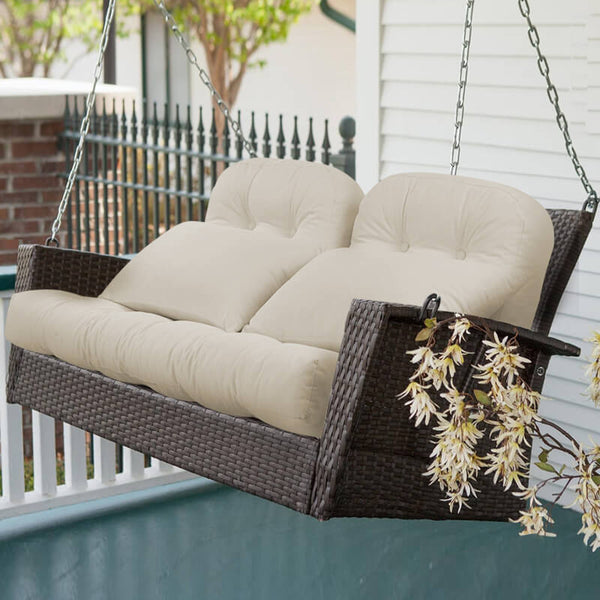
Deep Seat Cushions
Extra-thick cushions provide maximum comfort for deep seating furniture and lounge chairs.
View Deep Seat OptionsWhy Choose Rulaer for Your Cushion Needs?
Custom Sizing
Every cushion is made to your exact measurements, ensuring a perfect fit for your furniture.
Premium Materials
We use only high-quality, weather-resistant fabrics and durable foam for long-lasting comfort.
Expert Craftsmanship
Our experienced team ensures professional construction with reinforced seams and quality hardware.
Fast Production
Most custom orders ship within 2-3 weeks, getting your space refreshed quickly.
Ready to transform your outdoor space with professionally crafted cushions? Browse our extensive collection of custom cushions or contact us for personalized recommendations.

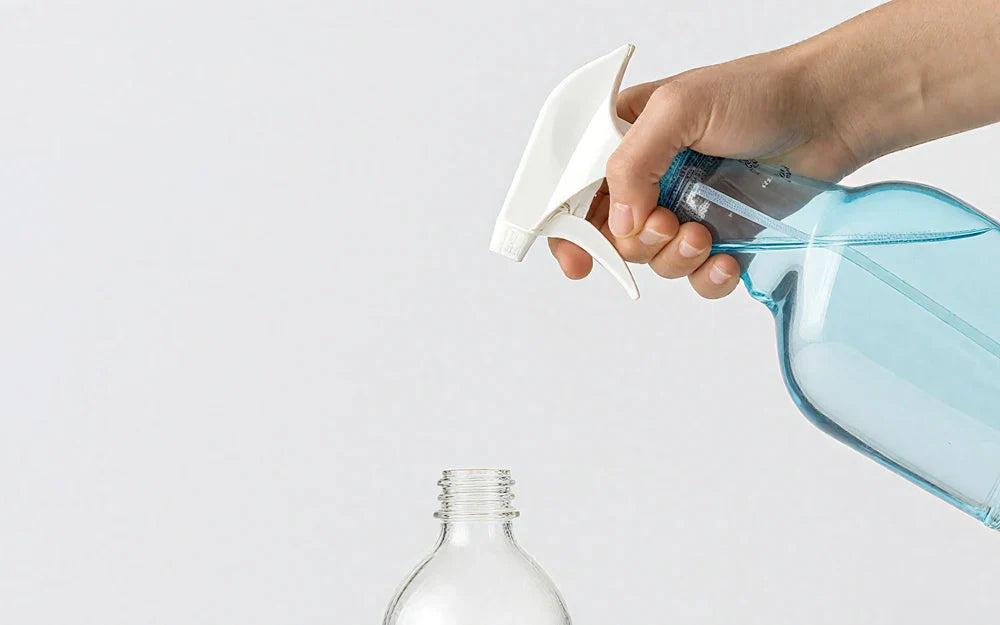

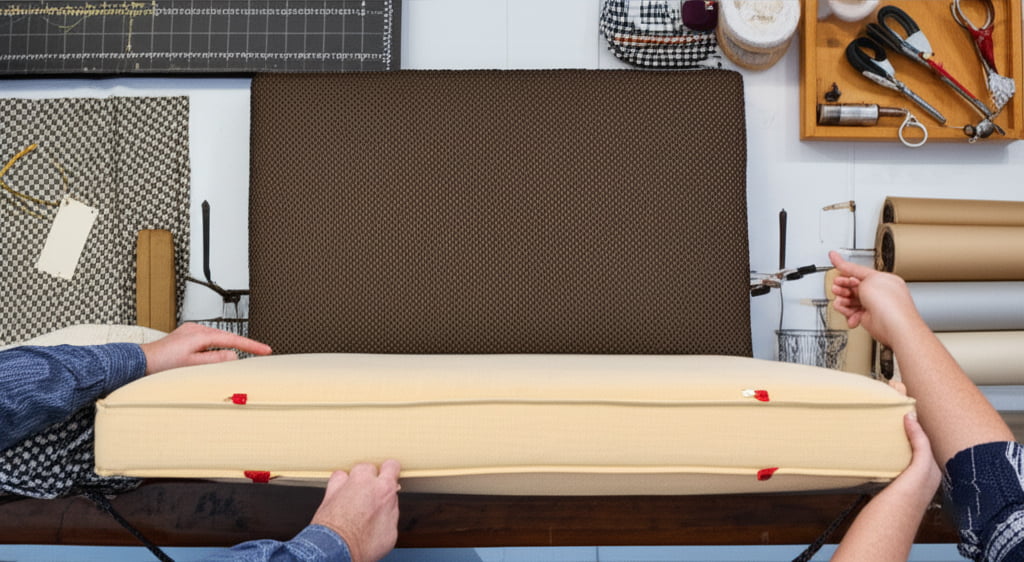
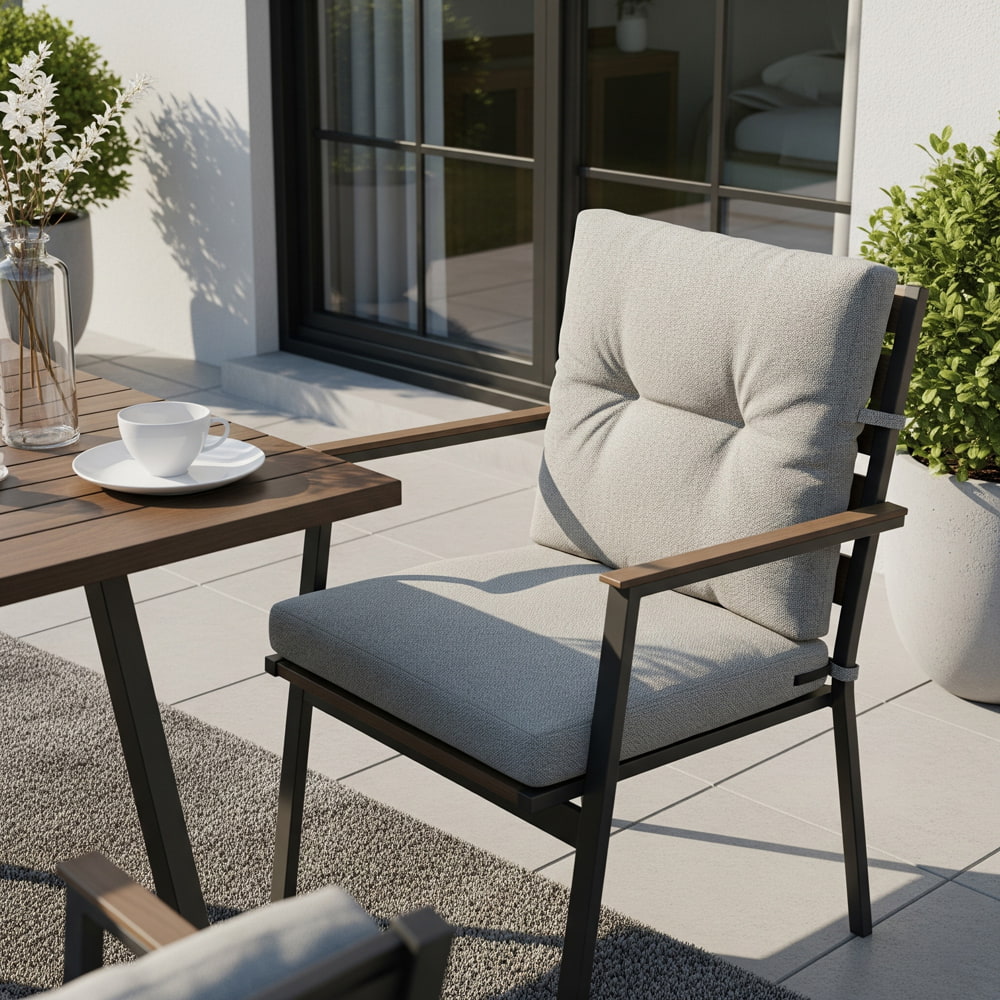
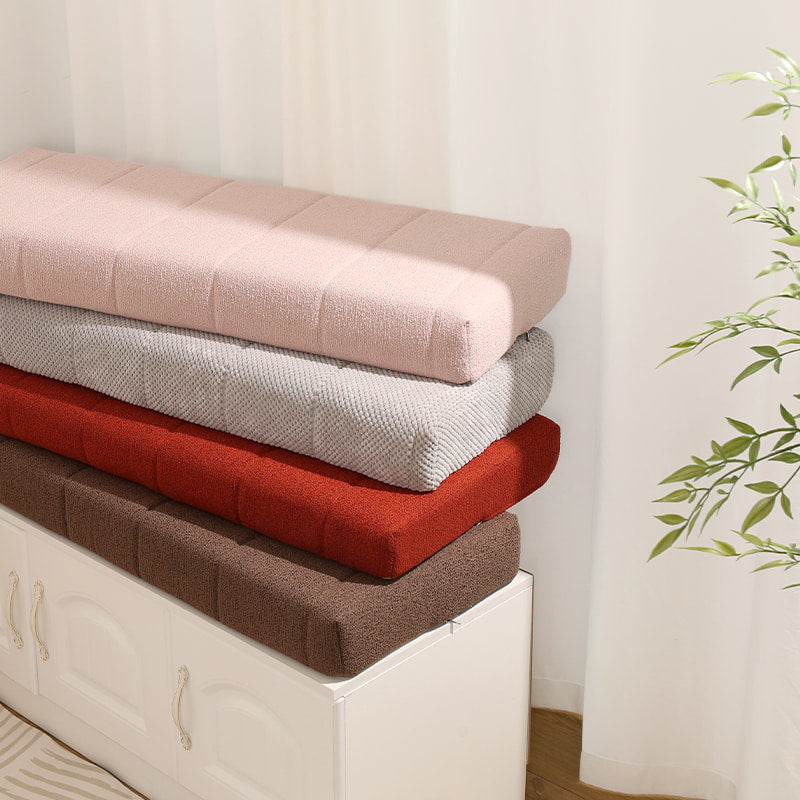
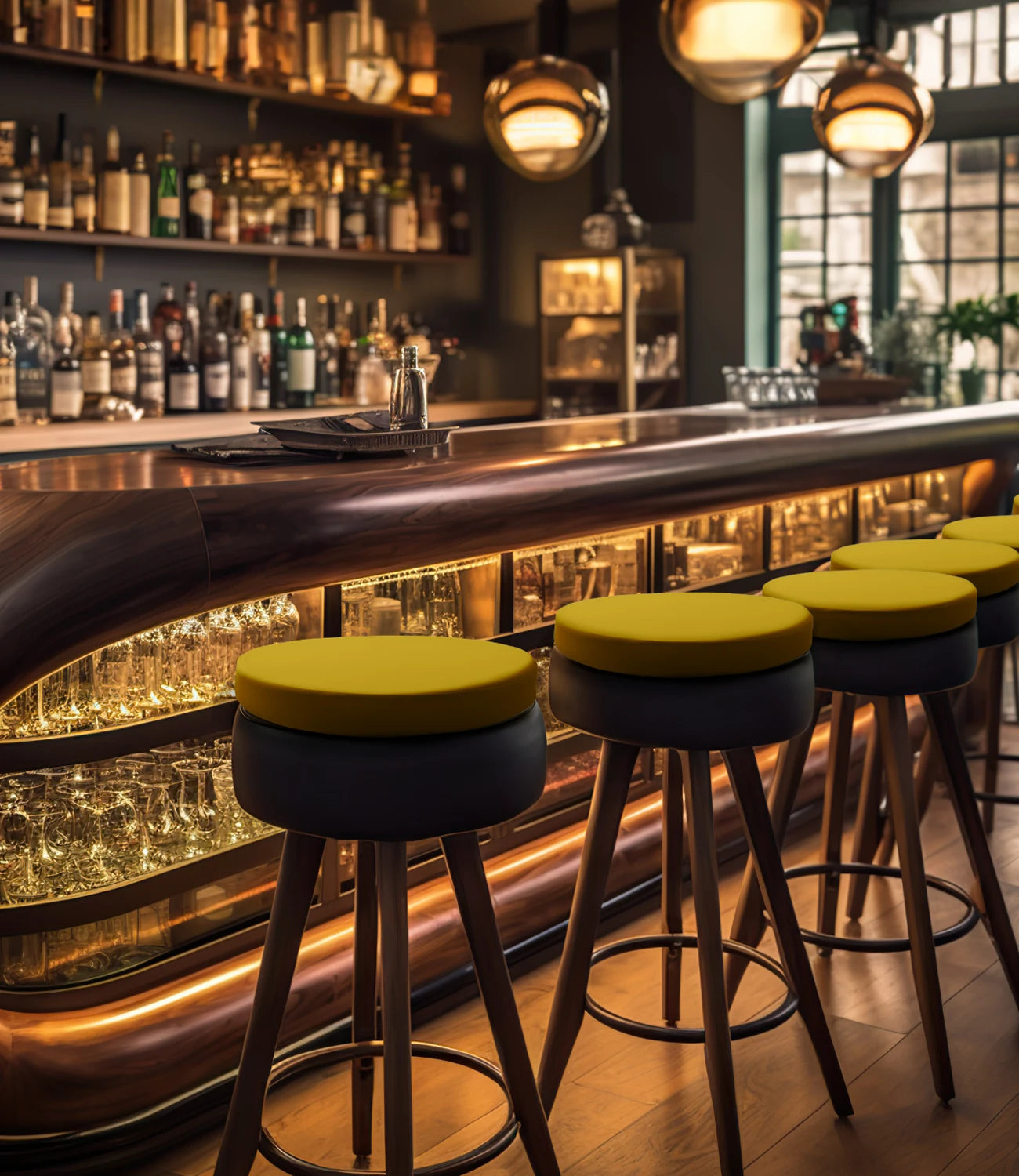
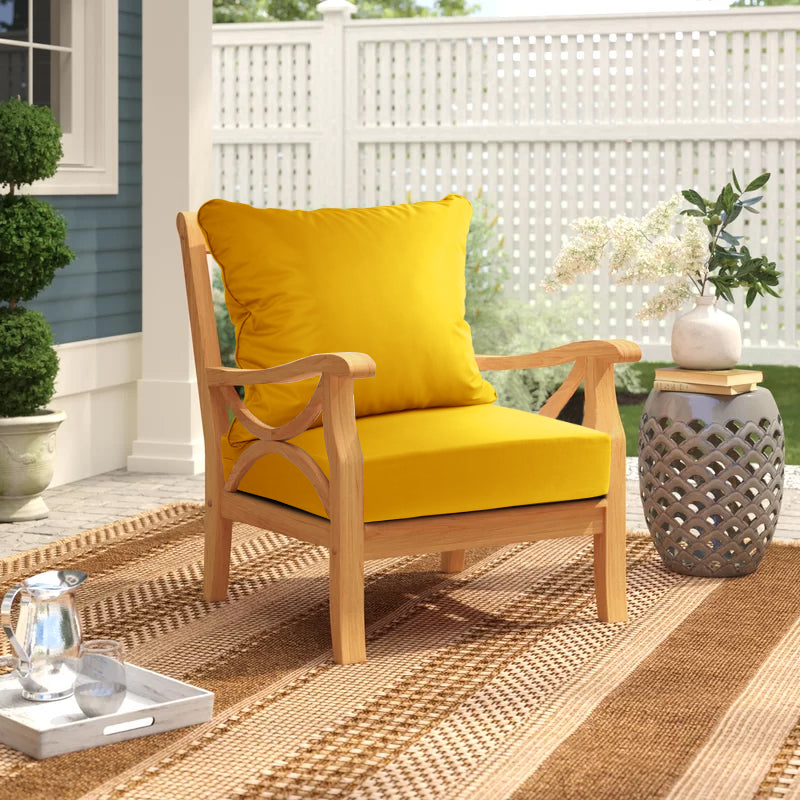
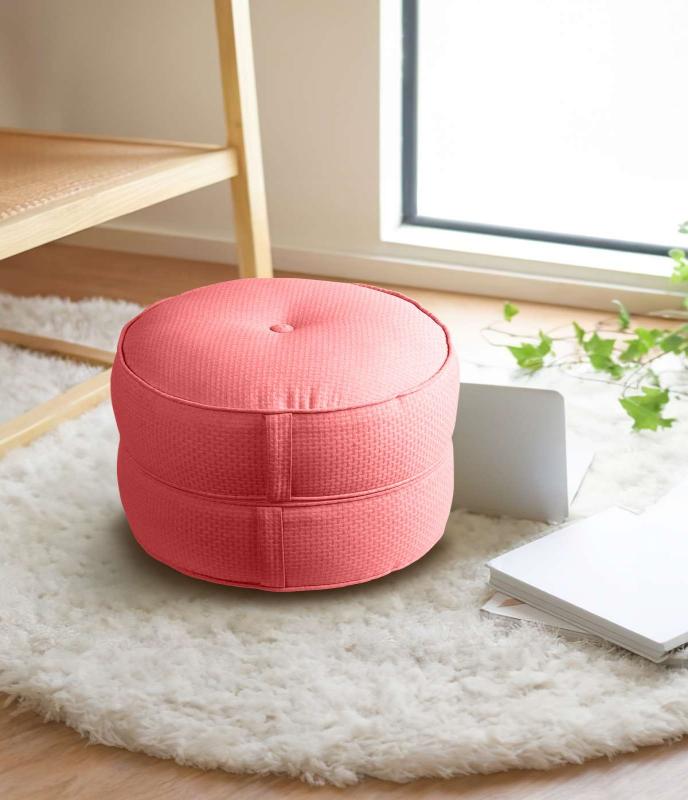
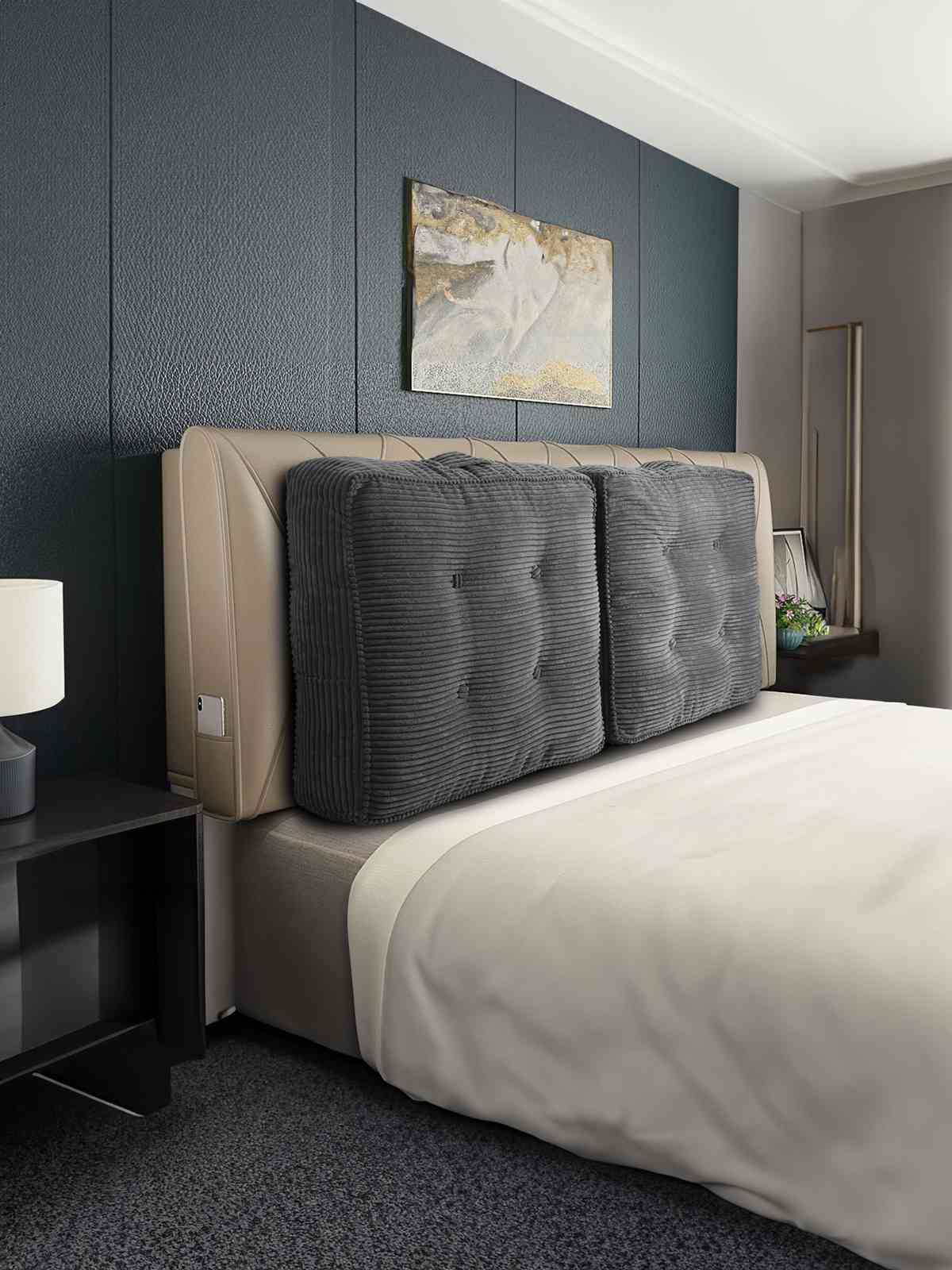
Leave a comment
All comments are moderated before being published.
This site is protected by hCaptcha and the hCaptcha Privacy Policy and Terms of Service apply.